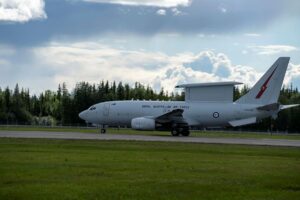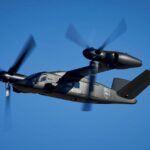
As the Senate Appropriations Committee's defense panel prepares to mark up its version of the fiscal 2024 bill in the next two weeks, the U.S. Air Force is looking to get some help in accelerating the delivery of the Boeing [BA] E-7A Wedgetail, which is to replace at least 15 of the venerable E-3 Airborne Warning and Control System (AWACS) planes for airborne moving target indication. The Air Force wants to retire 18 of its 31 AWACS in fiscal 2024 (Defense…














